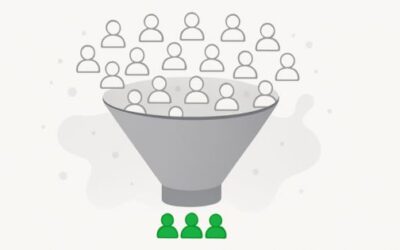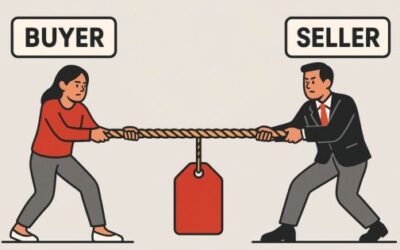The Consumer Price Index Sales Guide: Navigating Market Fluctuations
I’m kinda enjoying posting on the economic indicators. I’m having fun with this part of the series. I hope you are too. Last week we talked about consumer confidence. This week we’re gonna tackle, the consumer price index or the dirty word inflation.
What is the Consumer Price Index?
The consumer price index (CPI) measures the change in price of consumer goods or a “market basket” of goods over time. The market basket represents a list of commonly purchased household stuff like; household Items, personal goods and services, tobacco, leisure goods, households services, housing, alcoholic drinks and other categories.
The CPI is a statistical estimate designed to determine price trends; are prices going up, down or staying flat. Below is one of the Consumer Price Index charts from 1913 to 2006. What I find most interesting is the reduction in massive swings overtime. Since 1980, inflationary swings have been modest and have leveled out at consistent increases.
I’m not sure what happened in the 80’s to create such a stable inflationary environment. If anyone in this community has any ideas, please share.
How the consumer price index is calculated is a hot mess that’s beyond my understanding. I’m not a stats guy. If you’re interested in going deeper you can find out more here. That being said, simply put the CPI consists of price data and weighting data of household goods. In other words, it takes into consideration the price of a good and the prevalence of that good being purchased.
Sales and Inflation
So why do we care? We care, because as I said the CPI provides important insight into inflation which in turn affects purchase power, the real value of wages, salaries and pensions. When inflation increases consumer purchasing power decreases and the real value of wages decreases. Inflation can constrict the economy because the ability of consumers to “buy” is hampered. The dollar looses it’s value and folks have to work more to buy the same amount. Inflation can also have devastating impact on savings and investment accounts, if their return is unable to outpace inflation.
Inflation matters to everyone in sales, because if it goes up too high, too fast, people stop buying things and when people stop buying things it’s not good for sales.
Even though inflation or the CPI matters to everyone in sales indirectly, it doesn’t affect everyone directly, and certainly not everyone at the same time. Some industries are more prone to the swings of the CPI than others; particularly retail. If you sell in an industry or sell to an industry that is quickly affected by the CPI, then you know it and if you don’t you should. If not, knowing how it can affect your sales over time is a good idea.
WITCE (What is the Customer’s Experience) Questions:
- How does the CPI affect your customers business?
- What happens to your target customers business if the CPI goes up?
- What happens to your target customers business if the CPI goes down?
- How does the CPI affect your customers, customers?
- Do changes in the CPI affect your selling environment?
The CPI is a broad economic indicator that is heavily watched. Even if it doesn’t directly affect your selling environment, it’s good to know what it is and why it’s important.
If CPI affects your sales world, I’d love to hear how and what business your in.




0 Comments